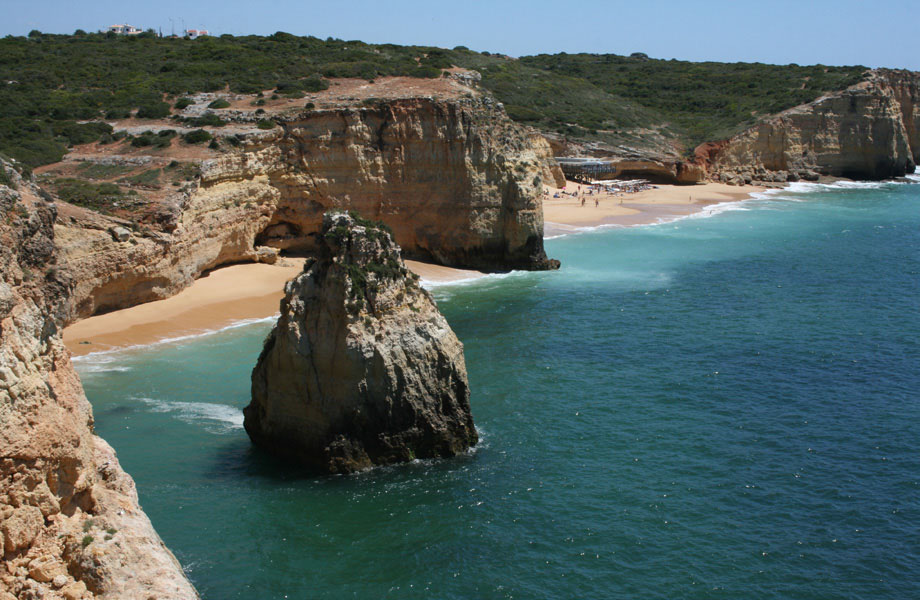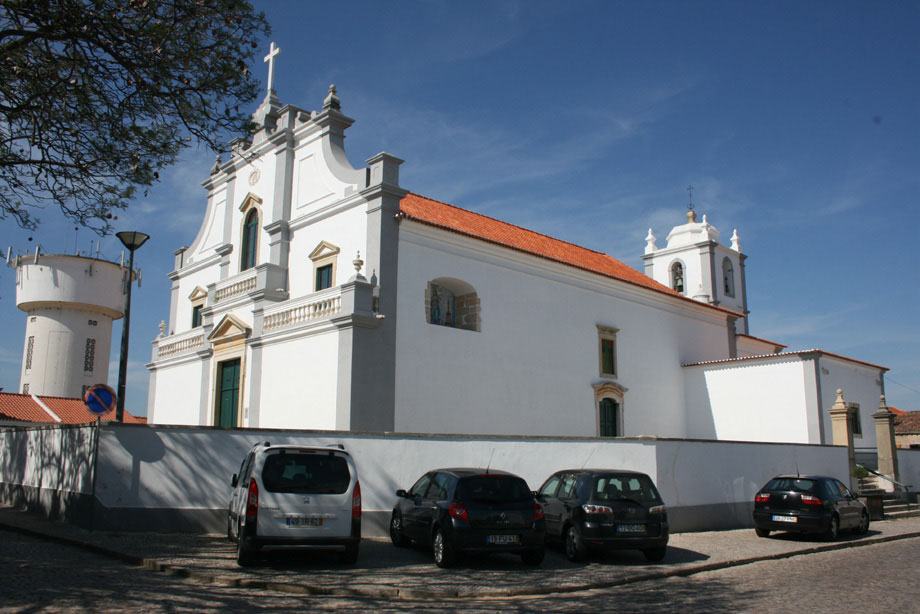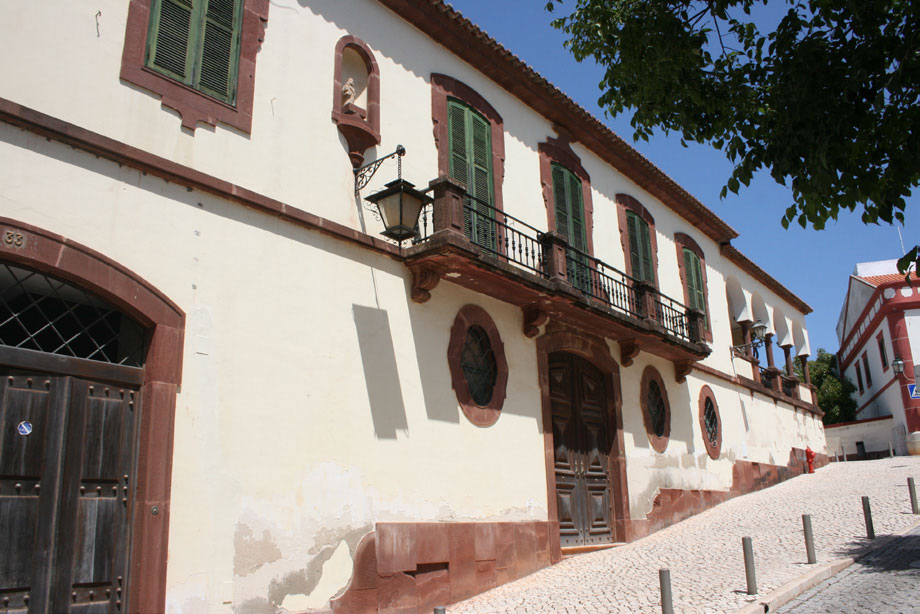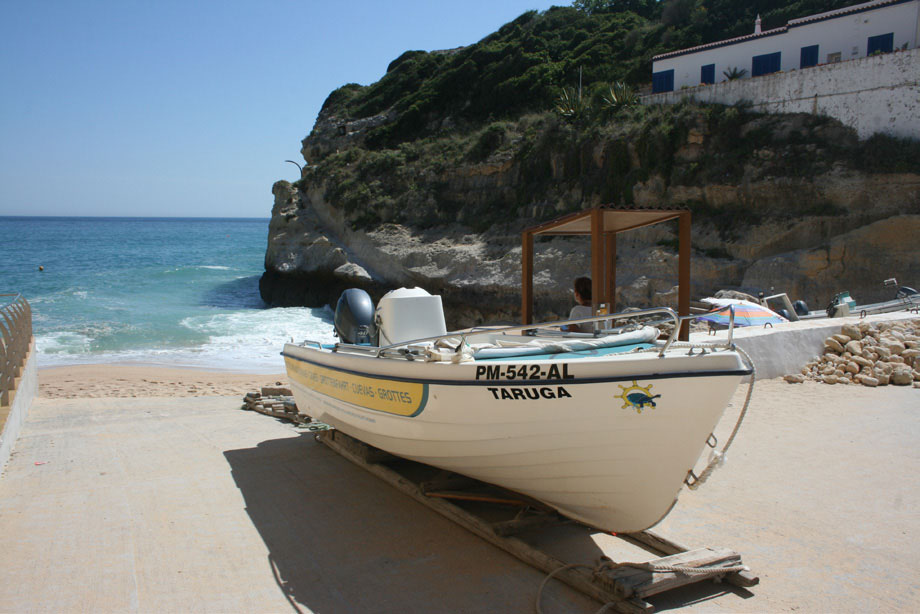Billy Ocean 64-year old steals the show
Remember the 80s, rejoice the senior artists – Billy Ocean!
The largest-ever crowd at a Cascais Revival Festival was restless. A rushed performance by the preceding act, who were eager to be off to see England play in the World Cup, had sprinkled the warm night air with tension. Among the assembled audience the anticipation steadily grew as the crew meticulously rolled out, positioned and locked into place the drum kit, the backing singer microphones, the saxophonist’s stand, and then, in turn, the remaining equipment.
The musicians and backing vocalists to make their way onto a stage tinged with blue light. In what seemed like seconds, they found their groove and a jazzy, soulful instrumental set the scene for what was to come.
Billy Ocean arrived, strolling like a youngster between the backing singers and the bass player, with his trademark permanent smile lighting up a face seemingly untouched by age. The main sign of ageing was the silver-white Rastafarian locks tied neatly into a ponytail.
Initially a little faint, but quickly increasing in volume as he found his stride and mastered the acoustics, the voice was barely changed from the 80s. A little twirl, a finger immediately singling out someone in the crowd – creating an instantaneous personal link with each and every person – and the audience was soon chanting out the chorus of ‘Stand up – Stand Up’.
Billy Ocean owned the stage as he delivered wonderful renditions of many of his greatest hits, including Mystery Lady, Suddenly, Getta Outta My Dreams, and When the Going Gets Tough. One moment we were listening to the slow and soulful Colour of Love, the next the slightly snappier but equally soul-filled Love Zone, and then onto the catchy pre-80s Love Really Hurts Without You. During the entire show, he treated the audience to some smooth moves, little shuffles, sidesteps and moments of introspection, still able to lose himself in his art. I admit I was concerned he would displace a hip at the start of Loverboy, but from the shouts and hoots from some ladies in the audience, it was clear his sacrifice was appreciated!
Affable and engaging, Billy Ocean displayed all the traits of a man at ease with himself and the world around him. He epitomised, I thought to myself as the music rolled on and I watched him sing and dance on the stage, the image of the mature individual, or senior, who is able to do things he likes after a long working career. Of course, in Billy Ocean’s case, his ‘hobby’ happens to be the same as his life-long profession, but I thought it illustrated the point nonetheless. It was clear that his decision to continue to perform was purposeful. When he introduced one of the backing singers as his daughter, part of his motivation was there for all to see – the opportunity to perform with one of his children. Similarly to Kim Wilde, who on the previous evening had been accompanied by her vivacious daughter, here was a man who, happy with his own life, was now able to impart some of that joy and energy to others, even at sixty four. In fact, I thought, it is probably because he is enjoying life that he is able to find a connection to the audience so easily.
During the concert, I looked around the audience and saw a variety of ages, mostly middle-aged couples, but some seniors, a few youngsters who had accompanied parents and several young adults who arrived in groups or as couples. People quickly lost their inhibitions, dancing (or shuffling) to the songs that they remembered or simply because they liked the tune. I found myself unashamedly singing along, surprised that I could recall so many of the lyrics and embarrassed that my booming voice was so off-key. This was pop music at its most interactive. The artist danced and the audience followed suit.
When he bade the audience farewell, everyone knew he would be back for an encore, but no one begrudged him a little ‘time out’ to recover after almost an hour and a half on stage. And surely enough, he was back out to sing two more tunes, ending as expected with his massive hit Caribbean Queen (which I half expected him to do in the European Queen version, given where he was).
I observed the crowd as it melted, slowly, into the moonlit evening, and chatted to someone who I think expressed the general sentiment: “What an artist. Kim Wilde was good last night, as was Rick Astley, but Billy Ocean was fantastic. At his age, what a show! And what a personality!”
I’m sure I speak on behalf of everyone in the audience when I say: It would be a pleasure to have this young-at-heart 64-year old back to entertain us again in the future. Well done, Billy Ocean, on such an engaging performance and to being a testament to what an active senior life should be like!




